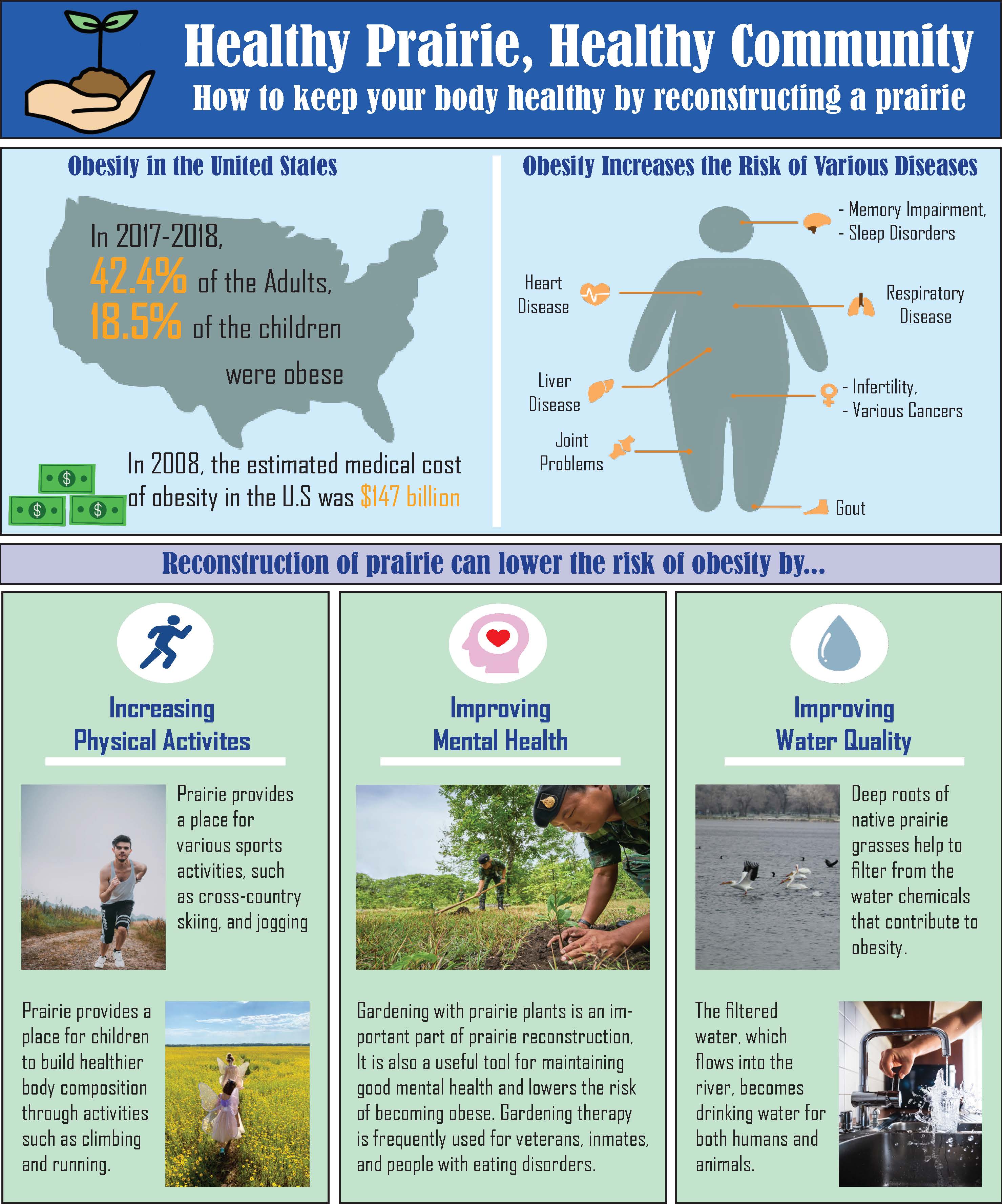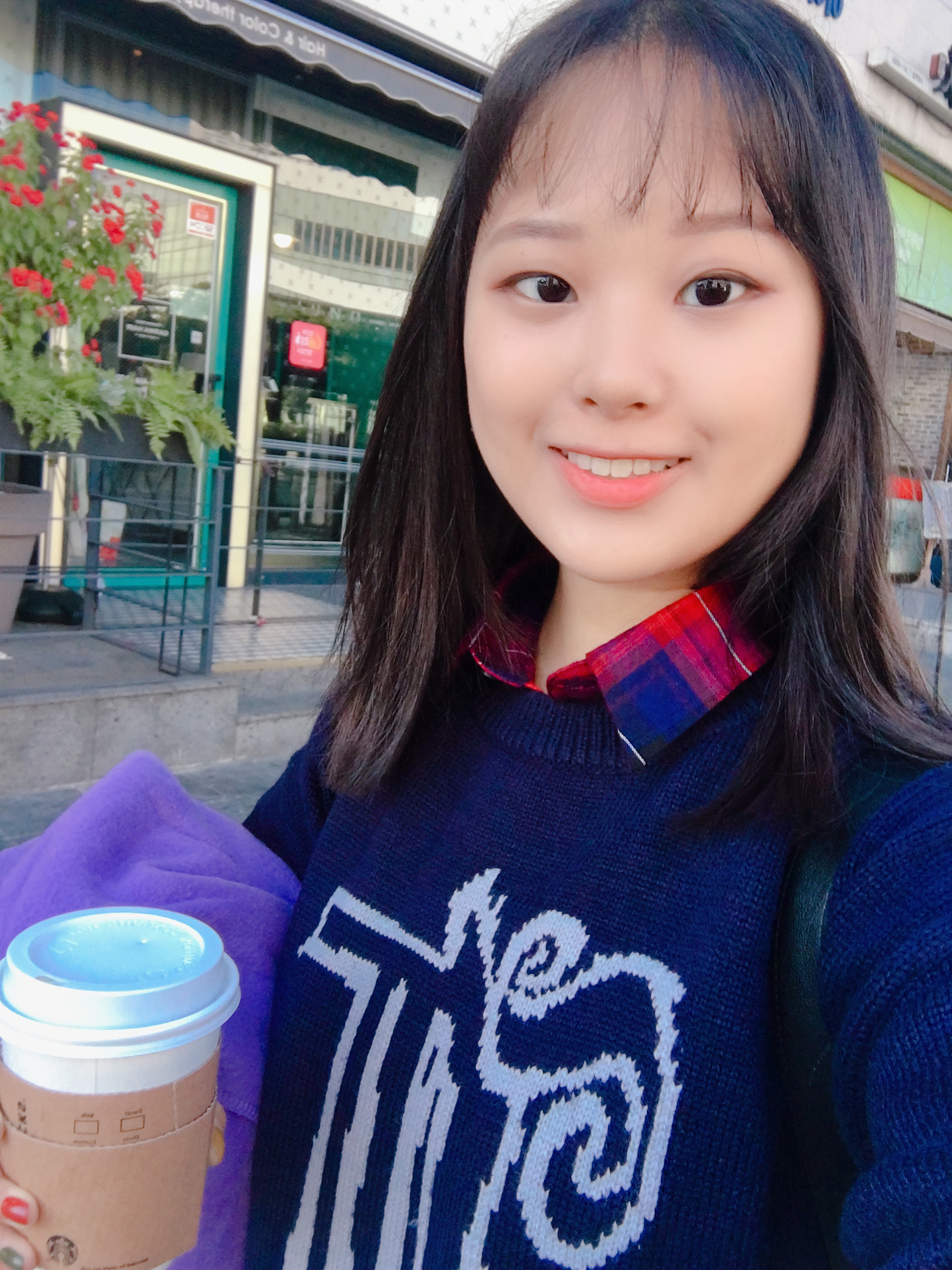When many of us think of prairie, we think of a wide, open, grassy place with fresh air that provides habitats for diverse organisms. Only rarely do we think of prairie as a place that can have an important influence on people’s lives. If you look into it more closely, you see that the prairie and public health are intimately intertwined.
Obesity is a disease involving an excessive amount of body fat and is caused by a combination of factors including behavior, genetics, environment, and education. According to the Centers for Disease Control and Prevention, (CDC) the prevalence of adult obesity was 42.4 percent in 2017-2018. Additionally, the prevalence of obesity for children and adolescents aged 2-19 years was 18. Obesity is a serious concern, as it is associated with reduced quality of life and increased risk of other diseases.
How does obesity link to prairie reconstruction? There are multiple ways that people can use prairie reconstruction as a tool to reduce causal factors of obesity. The infographic at the right illustrates the risk of obesity to public health and provides examples of how prairie reconstruction can improve community health.
I made the infographic and drew the icons. The photo of birds above the lake was taken by Jon Andelson. The other images are from Unsplash users as follows: the photo of the man jogging was taken by Markus Spiske; the photo of girls playing in the field was taken by Allison Archer; the photo of soldiers planting was taken by Dmitry Dreyer; and the photo of tap water was taken by Jacek Dylag.


